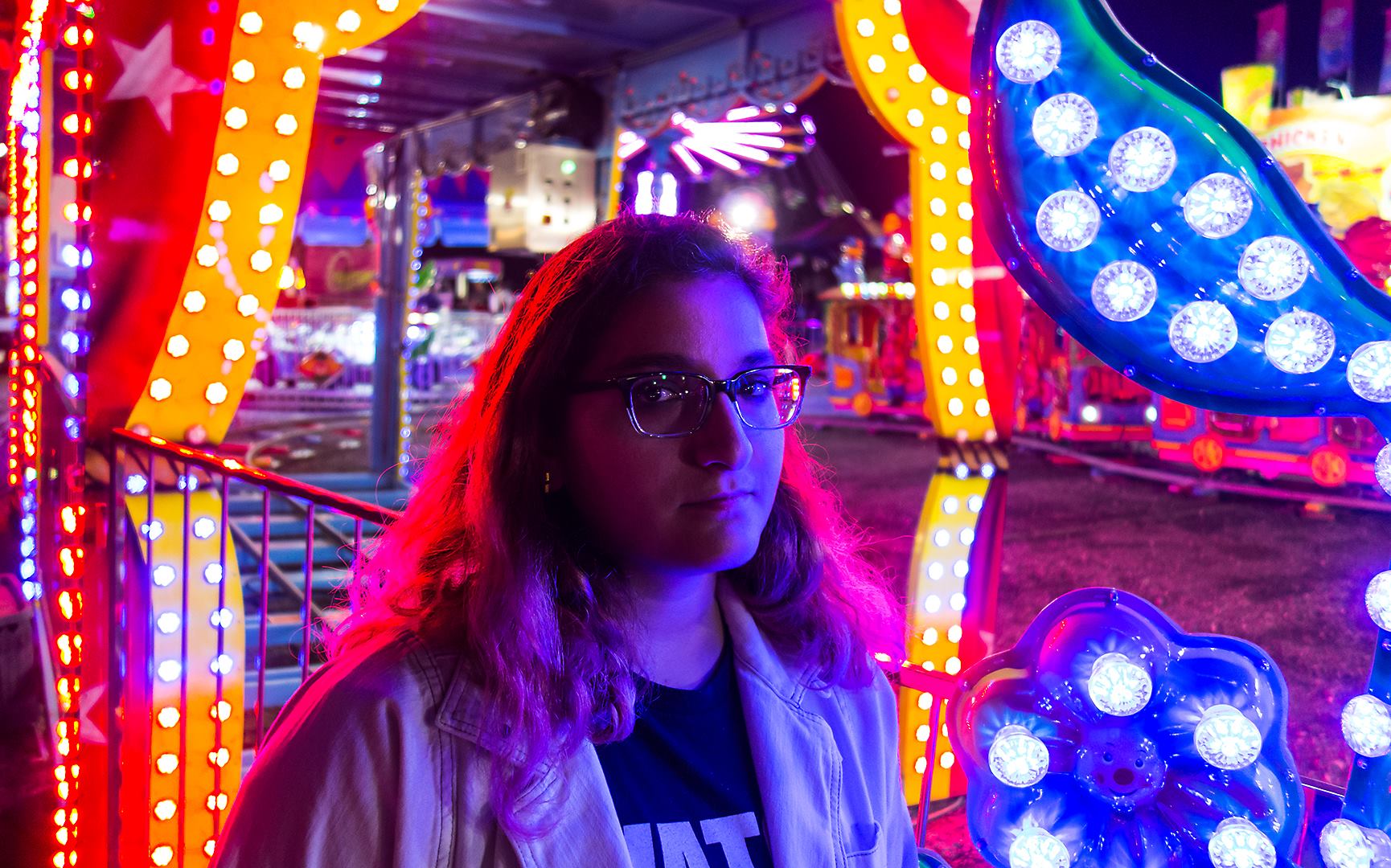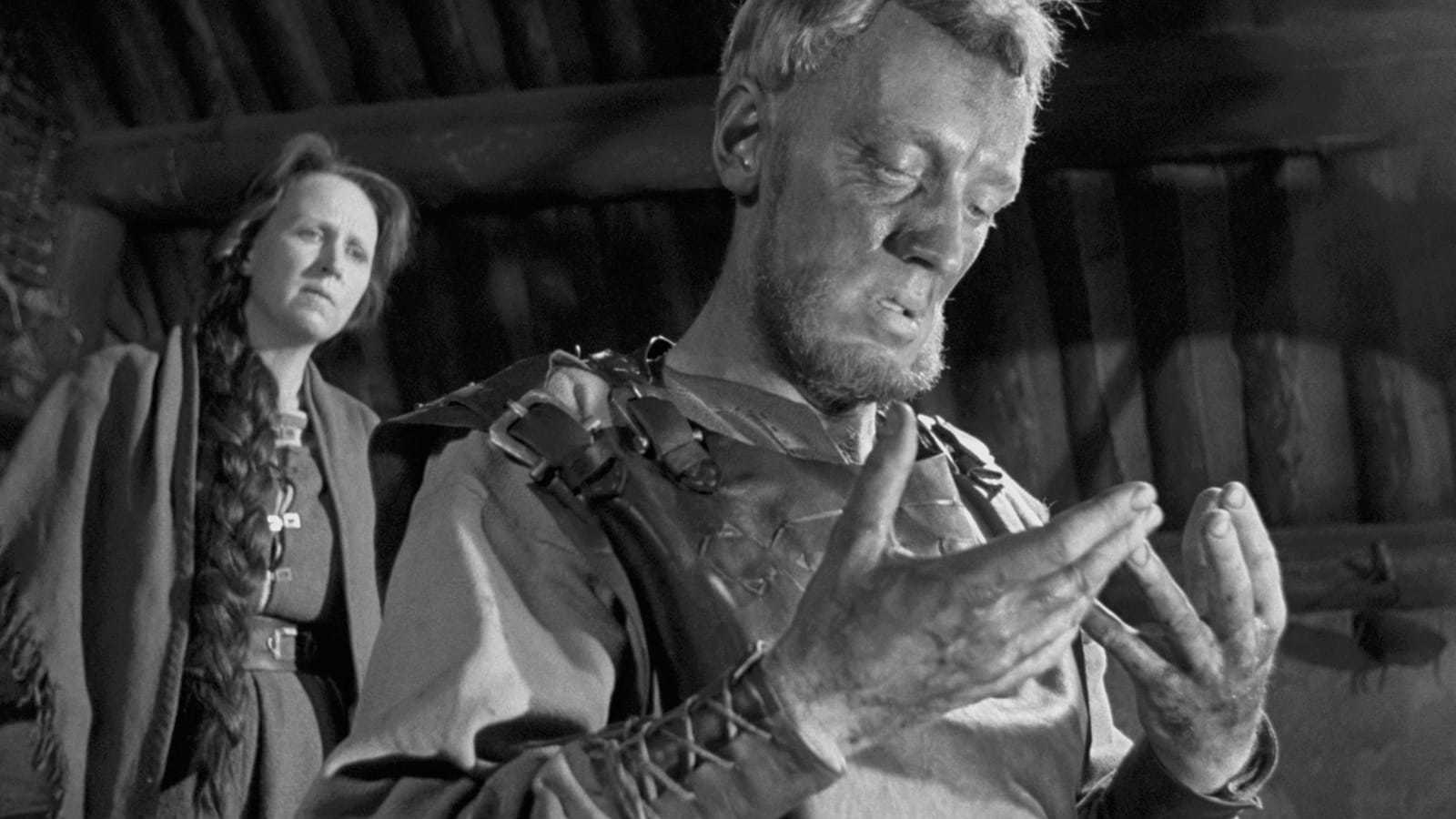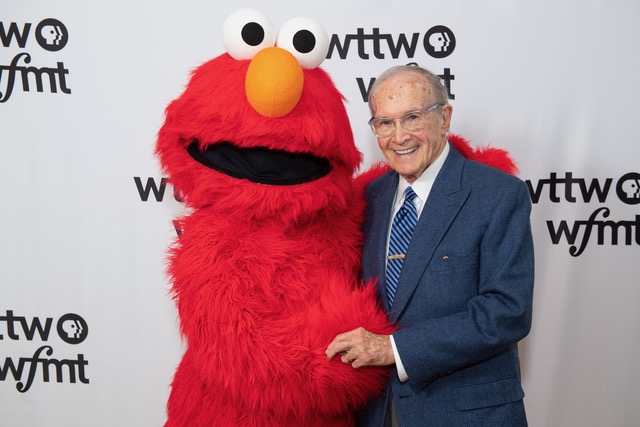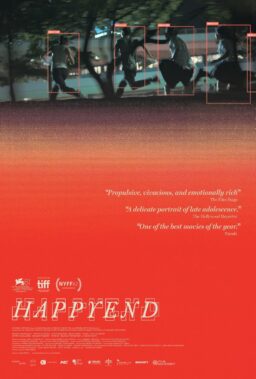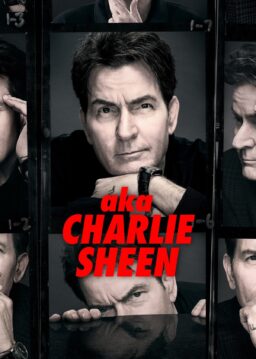A chameleon who guided us toward heaven and defended us from hell during his decades-long career, Swedish-French actor Max von Sydow passed away on March 8, 2020, leaving behind a staggering legacy of work that spanned 70 years. Von Sydow’s filmography is full of one iconic role after another—the knight playing Death in a game of chess in Ingmar Bergman’s enduring “The Seventh Seal”; a blue-eyed and benevolent Jesus Christ in George Stevens’s “The Greatest Story Ever Told”; the faithful and trusted Father Merrin in “The Exorcist,” one the most celebrated horror films of all time—and his name added gravitas to genre films that were undoubtedly elevated by his presence. By the time von Sydow was appearing in gigantic franchises like “Star Wars” and “Game of Thrones,” the actor had nothing left to prove, but in only minutes of screen time, he exuded wisdom balanced with rigor, melancholy tempered by sageness. Von Sydow was 90 years old.
Born in Lund, Sweden, on April 10, 1929, von Sydow was drawn to acting after taking in a performance of Shakespeare’s “A Midsummer Night’s Dream” at a municipal theater during a school field trip. At 15 or 16, he told The Wall Street Journal in 2012, he knew what his career path would be. Once von Sydow had served for two years in the Swedish military and swapped his given first name Carl for Max, he trained for three years with Stockholm’s Royal Dramatic Theatre. A recipient of the prestigious Royal Foundation of Sweden’s Cultural Award, von Sydow continued to receive acclaim for his theater work—in particular “The Tempest’s” Prospero, a role he would return to three decades later at London’s The Old Vic—before transitioning long-term to film in 1957 with Bergman’s “The Seventh Seal.”

As the existentially pained knight Antonius Block, von Sydow is youthful but long-faced, unfulfilled but ruggedly handsome, barely hiding a smirk when he challenges Bengt Ekerot’s cloaked Death to a game of chess—the loss of which, Block knows, would mean that he owes Death his life. Ekerot’s image, pale and swathed in black, has been adapted and parodied in the decades since the film’s release, but it is von Sydow’s face, chiseled and shadowed, that holds the film. Desperate for answers from God but increasingly aware that he might never get them, Antonius is prone to lengthy bursts of confession, and von Sydow’s impassioned delivery but easy smile communicate a man deeply at odds with himself. Before a statue of Jesus, von Sydow’s moves between fragile honesty (“My indifference to men has shut me out. I live now in a world of ghosts, a prisoner in my dreams”) and resentful accusation (“I want God to put out his hand, show His face, speak to me!”). Later, when speaking with the young Mia (Bibi Andersson) about whether her son will grow up to be a knight, von Sydow replies with dry bemusement, “That’s not such fun, either,” and the boredom Block feels in response to himself is quite clear. The only joy Block ultimately feels is not in a kinship with or understanding of God, but from sipping a bowl of fresh milk and eating a handful of just-picked strawberries. That array of earthly delights fills a spiritual void, a satisfaction von Sydow demonstrates with a genuine, peaceful smile—before Block is led by Death in the Danse Macabre, and to his final end.

Von Sydow’s ability to vacillate between unquenchable anger and paternalistic benevolence was honed further in a partnership with Bergman that would last through 10 more films, including two entries in Bergman’s “Silence of God” trilogy (1961’s “Through a Glass Darkly” and 1963’s “Winter Light”) and the director’s only straightforward horror, 1968’s “Hour of the Wolf,” which David Lynch has cited over the years as an influence on his own filmography. “Hour of the Wolf” unfolds, jaggedly and unrelentingly, like an increasingly realistic nightmare of which von Sydow’s character, painter Johan Borg, is the sole architect and the primary victim. An insomniac burdened in particular during the “hour of the wolf” before dawn, Johan speaks to his wife, Liv Ullmann’s Alma, about the “flesh eaters” he can’t stop sketching. They’re menacingly spooky and come to life in the form of aristocratic neighbors who unnerve Johan and Alma and whose grotesquerie, both physical and emotional, begins to destroy the couple’s marriage. Von Sydow and Ullmann are in sync as oppositional lovers, which is to say that the former communicates Johan’s devolving madness with his alternately hunched-over and explosive body and barking delivery of guilt-tripping dialogue, while Ullmann’s wide-open, devastated face makes clear her anguish and pain at their strained relationship. In Bergman’s black and white, the contrast between the two characters is achingly clear, and so is the exquisite poise with which von Sydow demonstrates a man descending, bit by bit, into madness, seduced by demons who lure him with acceptance he isn’t convinced Alma can provide. If von Sydow’s Antonius Block was a man who ultimately makes peace with the absence of God thanks to the preponderance of worldly pleasures, then his Johan Berg is a man who rejects such satisfaction, who would rather let himself be torn apart than be loved. Two versions of masculinity on entirely different ends of the spectrum, and von Sydow mastered them both.

As von Sydow acted more often in American and British films, the varying somberness and slyness he brought to the Swedish cinema began to elevate an array of genre pictures. The man worked, and he worked a lot. No role was too small or too insignificant. Every line reading was an opportunity to snarl, to spit, to cajole, to charm, to strip a line of its component parts and reassemble it in the way only von Sydow seemed to know how. As von Sydow aged, his voice got gruffer and his bearing more distinguished, but his impact never diminished; he usually played a man who knew a little too much. Revisit the opening of William Friedkin’s “The Exorcist”: Without any dialogue, von Sydow’s highly expressive face makes plain his shock and fear at seeing the intact statue of Pazuzu in an isolated archeological dig in northern Iraq. The snarling of the stray dogs fighting on the surrounding sand dunes and the burning red of the sun exacerbate the incomprehensible evil of which Father Merrin knows the demon is capable. Consider his supporting role as the assassin Joubert in Sydney Pollack’s political thriller “Three Days of the Condor,” and the weariness with which he informs Robert Redford’s Joseph Turner of the danger he faces in New York. Joubert’s “It will happen this way” is a kindness.
That’s not to say that some of von Sydow’s choices weren’t questionable—his role as Emperor Ming in “Flash Gordon” is an exceptionally awful example of yellowface—but most of the time, von Sydow just seemed to be having a good time playing a man sitting in a chair, telling other people what they didn’t know. Chewing scenery, and kindly but determinedly acting circles around Arnold Schwarzenegger, as King Osric in 1982’s “Conan the Barbarian.” Spilling the details on James Bond’s nemesis organization SPECTRE as the snooty villain and kitty enthusiast Ernst Stavro Blofeld in 1983’s “Never Say Never Again.” Gamely suiting up in an all-leather ensemble for what was barely more than a cameo alongside Patrick Stewart and Dean Stockwell in 1984’s financial disaster and cult classic “Dune.” The imperious voice of the tyrannical Vigo the Carpathian in 1985’s “Ghostbusters II.” Campy ‘90s stuff like “Judge Dredd,” and fantastical ‘90s stuff like “What Dreams May Come,” and historical ‘90s stuff like “Snow Falling on Cedars.”
In the 2000s, von Sydow did lovely supporting work in the universally acclaimed “The Diving Bell and the Butterfly” and more uneven “Extremely Loud & Incredibly Close,” cashed a paycheck from “Rush Hour 3,” and worked with two masters: Steven Spielberg for 2002’s “Minority Report” and Martin Scorsese for 2010’s “Shutter Island.” In “Minority Report,” adapted from Philip K. Dick’s short story, von Sydow channeled haughty bureaucrat energy as Lamar Burgess, the creator of a police department who can stop criminals before they act. The twist is arguably lifted from “L.A. Confidential,” but von Sydow provided one of the film’s most thrilling and startling moments opposite Colin Farrell. In “Shutter Island,” adapted from Dennis Lehane’s novel, von Sydow plays up his European heritage as the German Dr. Jeremiah Naehring, a man whose accent and education intimidate Leonardo DiCaprio’s character. Even when surrounded by so many stars and character actors—Tom Cruise, Farrell, Samantha Morton, and Tim Blake Nelson in “Minority Report”; DiCaprio, Mark Ruffalo, Ben Kingsley, Michelle Williams, Jackie Earle Haley, and Elias Koteas in “Shutter Island”—von Sydow was nevertheless a dominating force.

It made sense, then, that his most high-profile final roles would be in the fantasy genre, where von Sydow’s experience cocooned him in an impenetrable dignity and where his maturity was respected as a quality so pure it was nearly ethereal. In both “Star Wars” and “Game of Thrones,” von Sydow’s characters exemplified sacrifice—the idea of devoting yourself to something grander and more meaningful than individuality. In J.J. Abrams’s “Star Wars: Episode VII–The Force Awakens,” von Sydow plays Lor San Tekka, a member of the Church of the Force whose pure goodness is meant to underscore Kylo Ren’s (a masked Adam Driver) badness. “The First Order rose from the Dark Side. You did not,” Lor San Tekka tells Kylo Ren, serving as the first in a long line of characters in Episodes VII through IX who would hope for the redemption of and die because of the single-mindedness of the man who was formerly Ben Solo. Von Sydow has barely a minute of screen time, but his impact is felt—the regret he seeps into his few lines of dialogue is palpable. And von Sydow brings the same knowledge that his training of a young charge will have an irreversible impact on the fate of the world to his arc as the mythical Three-Eyed Raven character in “Game of Thrones.” Although von Sydow appeared in only three episodes of the show’s sixth season, he added an eeriness the character desperately needed. His gentle “It’s beautiful beneath the sea, but if you stay too long, you drown” is a warning to Isaac Hempstead Wright’s Bran Stark, the kind of caution that only a 1,000-year-old magical being who can see all of the past, present, and future, and who knows that to linger in regret is to be lost, can provide. Or perhaps that only an actor of von Sydow’s caliber and affect could pull off.
Over his 70-year career, von Sydow amassed 163 acting credits in TV and film, won three Swedish Guldbagge Awards (including Best Director for his sole directorial effort, 1988’s “Katinka”), and was nominated for two Academy Awards, Best Actor for 1987’s “Pelle the Conqueror” and Best Supporting Actor for “Extremely Loud & Incredibly Close.” His final film, “Echoes of the Past,” in which von Sydow plays a writer dying of cancer who recalls his childhood in Greece during World War II, is currently in post-production.
